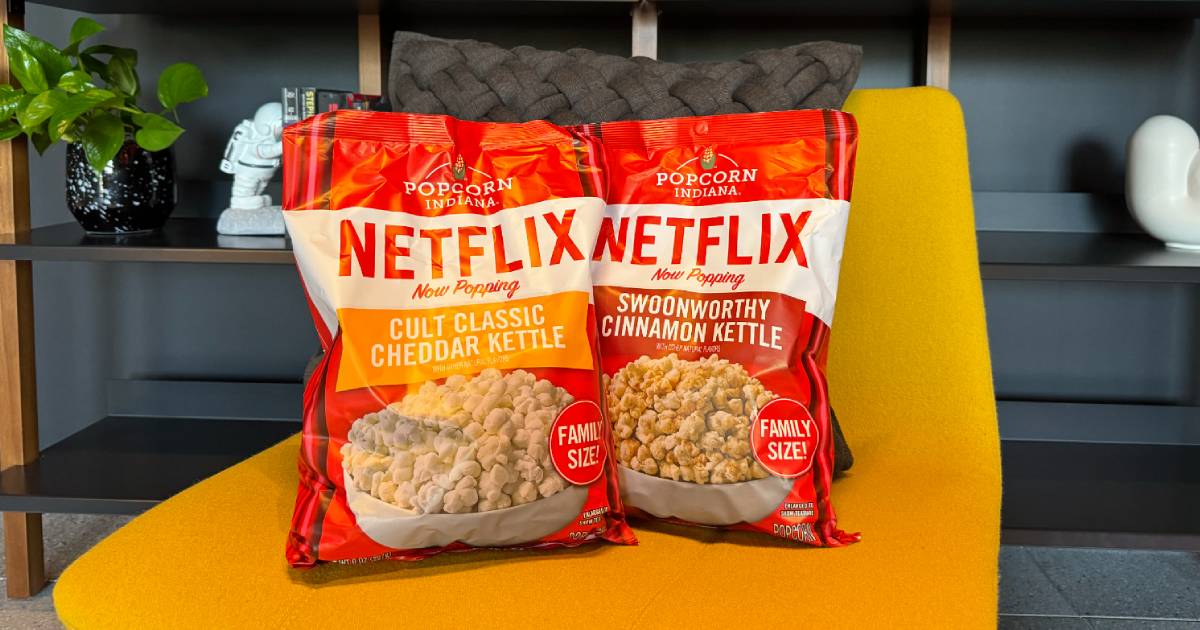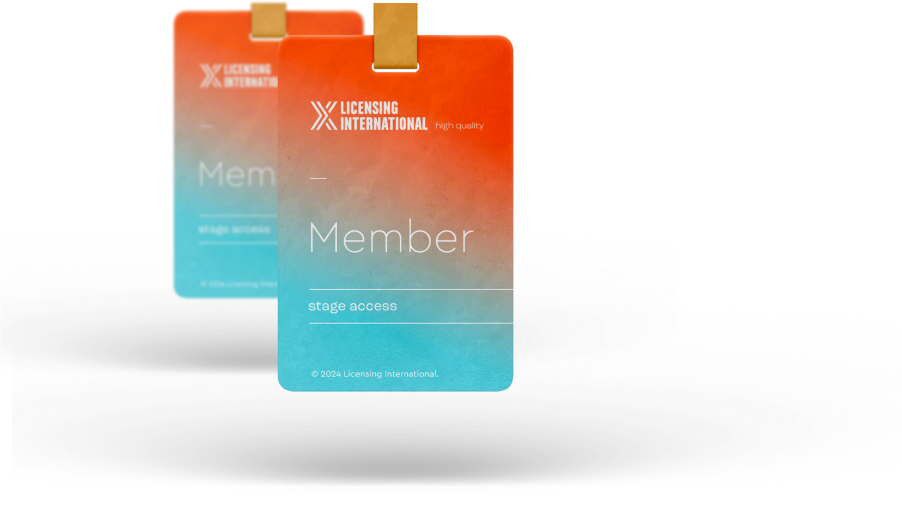Consumers are Hungry for Licensed Snack Foods

By Mark Seavy
Consumers are showing an increased appetite for branded snack foods, and specialty suppliers revealed new strategies to take advantage of this demand at the recent Winter Fancy Food Show in Las Vegas.
And while there were several announcements regarding new collaborations in snack foods and across other categories, the biggest news might be related to the show itself. The Winter Fancy Food Show is rebranding as Winter FancyFaire, starting with a three-day event at the San Diego Convention Center in January 2026.
This new banner is a nod to the ever-changing specialty food business, Specialty Food Association (SFA) President Bill Lynch said. The show—which attracted 1,060 exhibitors this year, including 183 new additions—will continue as a nexus for new brands and the retail buyers and influencers needed to support them, Lynch said, but moving forward the goal will be for the event to platform local food culture at each stop along the trade show tour.
“The name change really reflects a bold new chapter for us as an association and the specialty food industry,” Lynch told Smartbrief. “It signals an entirely new event experience. Winter FancyFaire is going to be fresh and exciting. Discovery, innovation, and invention will take center stage and capture that spirit of exploration. There will be new opportunities and first-to-market products that buyers will be able to experience.”
How that new experience will take shape at the show in years to come is still to be determined. But the event is unlikely to lose its hunger for new foods, flavors, and brands (both licensed and non-licensed).
At this year’s Fancy Food Show, snack foods of all stripes were in evidence across multiple categories. 1-800-Flowers.com’s DesignPac, for example, led with Popcorn Factory under Kraft Heinz’s Mac and Cheese and Oscar Mayer brands. Popcorn Indiana melded three flavors (Late Night Ramen, Cult Classic Cheddar Kettle, and Swoonworthy Cinamon Kettle) with the Netflix label. Nashimoto Trading Co. continued to expand its line of ramune sparkling waters with Hasbro’s Transformers. And Elle magazine built out its ground coffee offerings.
In addition to these branded collaborations, non-licensed snacks at the trade show drew from a broad range of flavors to cater to consumers accustomed to expecting the unexpected and “becoming even more flexible this year in how they eat,” said Melanie Bartelme, Associate Director for Food and Drink at the research firm Mintel.
Some of the unique snack food items that were spotlighted included products like Fishwife’s tinned seafood, Poppy Handcrafted Popcorn, Acme’s Lox in a Box snack kit, Firehook crackers, and Lotus Foods Forbidden Rice Ramen. The key to drawing attention to non-licensed products this year will be to focus on “familiar snacks with a twist,” a licensing executive said.
“Most U.S. consumers eat traditional meals every day, but snacking is on the rise,” Bartelme said. “Savvy food and drink brands will help consumers see the products they make as suitable for however consumers chose to eat them. Think pizza cupcakes for lunch, jianbing for dinner, and dumplings as a snack.”
Specialty food sales data bears out the snack food trend.
Global snack sales reached $680 billion in 2024, according to Euromonitor International’s World Market for Snacks 2024 report. In fact, 18% of adults in India, 17% of adults in the U.S., and 13% of adults in the U.K. replaced their meals with snacks last year. North America led with a 28% share of global snack sales in 2023, followed by Asia Pacific (24%), and Western Europe (23%).
“Total growth in specialty has been steady from the Pandemic years, despite fluctuations in the food service market,” according to the SFA. “The much smaller foodservice trade will lead specialty sales at the expense of grocery retail over the next two years. Whole Foods and Trader Joe’s bottomed out in the specialty business in 2021 and have gained market share since then.”




